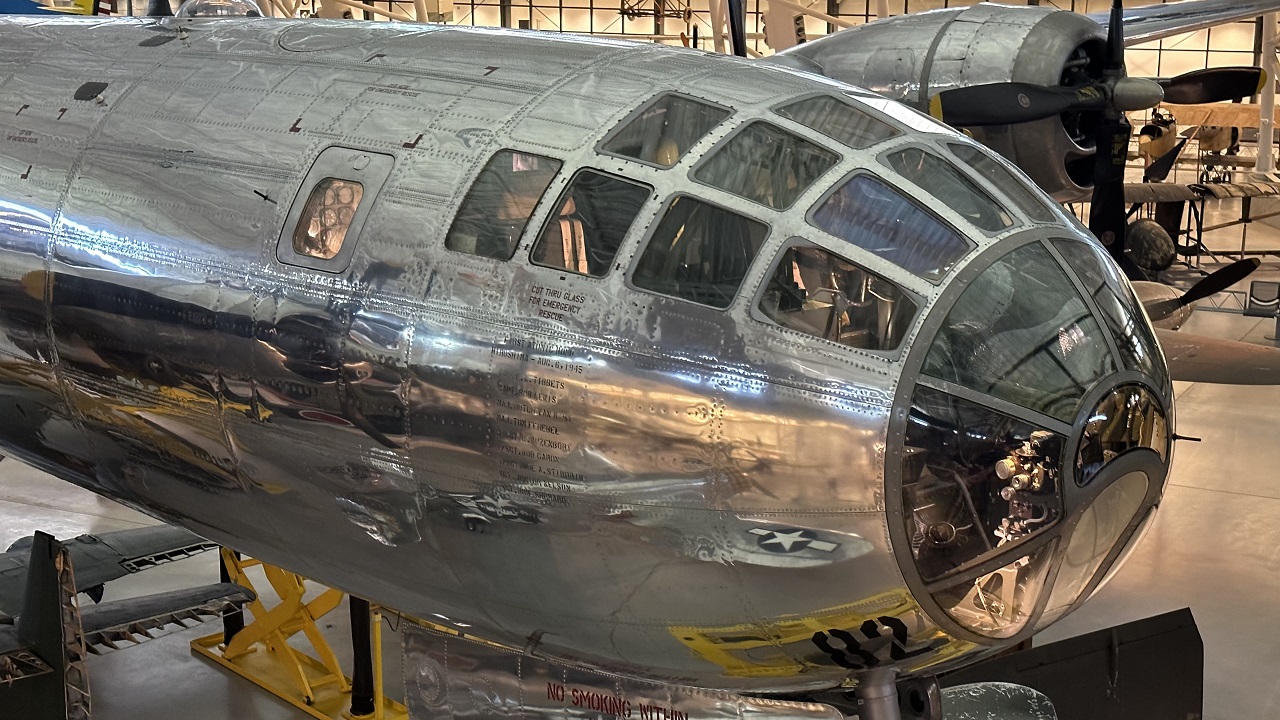Yikes! A couple of thoughts.
Preflight:
A preflight can be thorough or perfunctory. It ought to be thorough. On the occasions over the years that I’ve noticed some truly odd-ball anomaly I’ve often thought “I wonder how many times I overlooked this same thing on other days?”. I do know that over the years either I or my workmate have found various things that almost certainly were present on multiple previous flights yet show no sign of having been documented. And therefore probably went unnoticed.
There’s a mental list of typical anomalies you see often. That list gets reinforced. It’s the stuff you never see, or never even thought about the possibility of ever seeing, that (can) get overlooked. It’s also real easy to look without seeing, or to see the forest but none of the trees: in effect confirm “Yep, it’s the side of an airliner”, and not really process each feature of the visual scene looking for anomalies. That same effect also occurs in the cockpit and is one of insidious gotchas to always be on the lookout against. Humans suck at “always”.
A lot of what you’re looking at is down low and a bunch of it is neck-craningly way up high. There are also walking hazards on the ground: puddles, messes, hoses, perhaps moving servicing vehicles, so it’s real easy to find oneself walking the usual path completely around the plane but also not looking up at everything, just at most or some things up there.
A flight full of passengers would probably have found this during boarding. Or after engine start when the noise nearby would have been “lots”. Although even on the windows lacking the entire outer pane, the inner pane closest to the interior was in place and normal looking. Such that somebody sitting right there might not have recognized anything was amiss unless they were crewmembers or frequent fliers. Although at least nowadays, it seems most passengers keep the window shades closed the whole flight, so they may never have even been able to see the window panes at all.
A flight with few or no passengers means an especial extra effort to preflight the cabin from the inside should be taken. And apparently was not.
Pressurization:
It’s interesting, but not terribly surprising to me, that the airplane remained normally pressurized with two window outer panes completely missing and one partially detached.
Although they did not get to very high altitude, they did get the differential pressure up to ~5psi, while ~7.5 is the typical value at cruise. So roughly 2/3rds of the typical outward force was exerted on the windows and roughly 2/3rds of the airflow requirements versus cabin outflow vents, both planned and unplanned. Despite them being at high power while climbing, the outflow valve had all-but-entirely closed real early. Suggesting the pressurization system had little excess capacity remaining at that point to maintain normal pressurization had the climb continued.
I expect that somehow had nobody ever noticed anything amiss (e.g. if the two working pilots were the only people onboard) they probably would have suffered a slow decompression as they continued to climb. Punctuated by one of the inner, non-loadbearing, panes probably blowing out at some point leading to a quick, but not explosive, decompression to nearly ambient pressure at that time.
Had nobody noticed the problem until it became acute, this might have turned into one of those mysterious “Why did the crew pass out?” crashes. Although that would have taken even more bad luck than they already had, and also some crappy piloting as the situation would have developed.
Glad this one ended OK.
